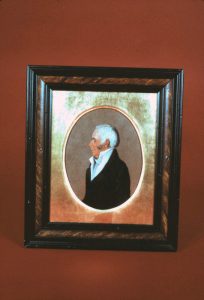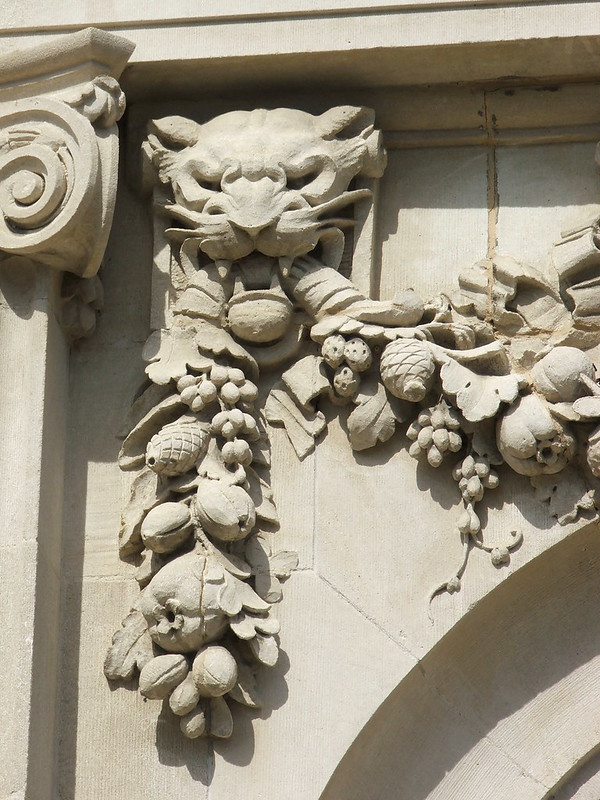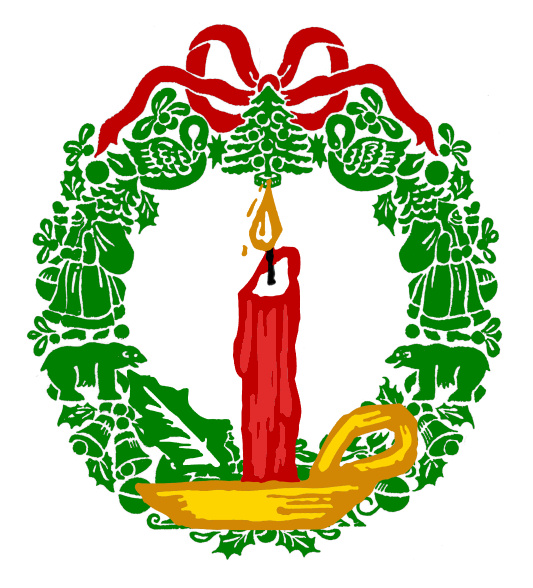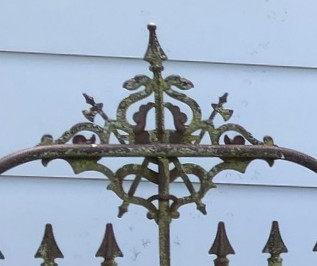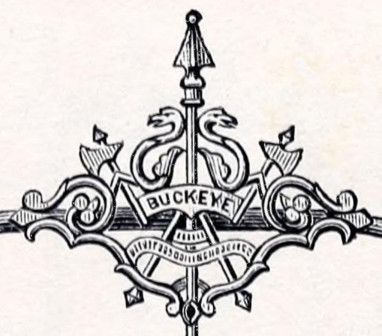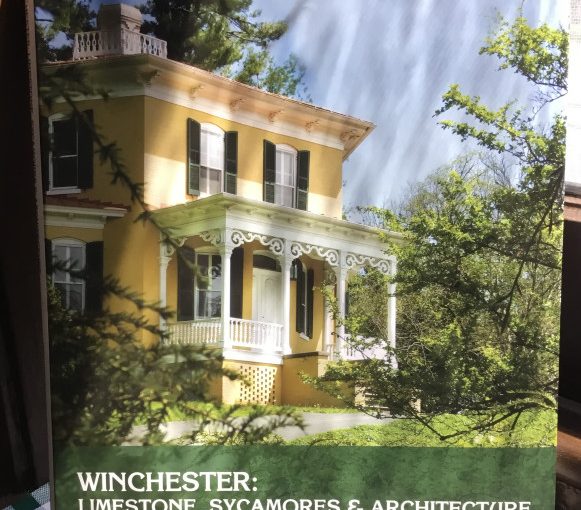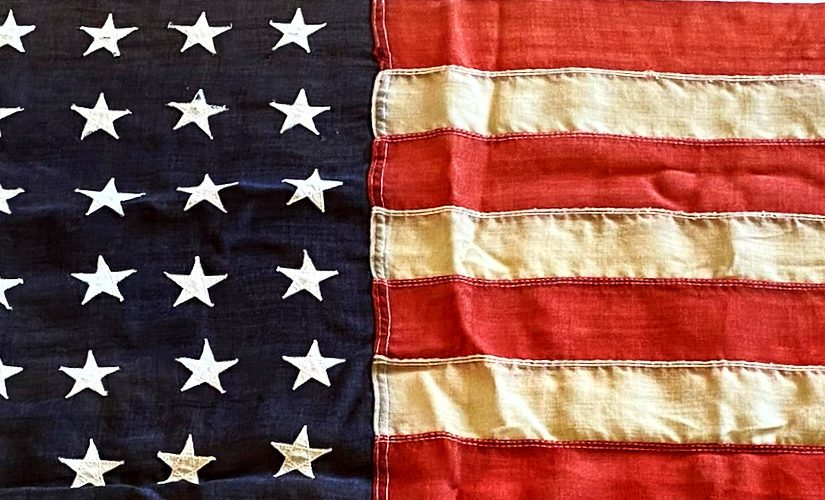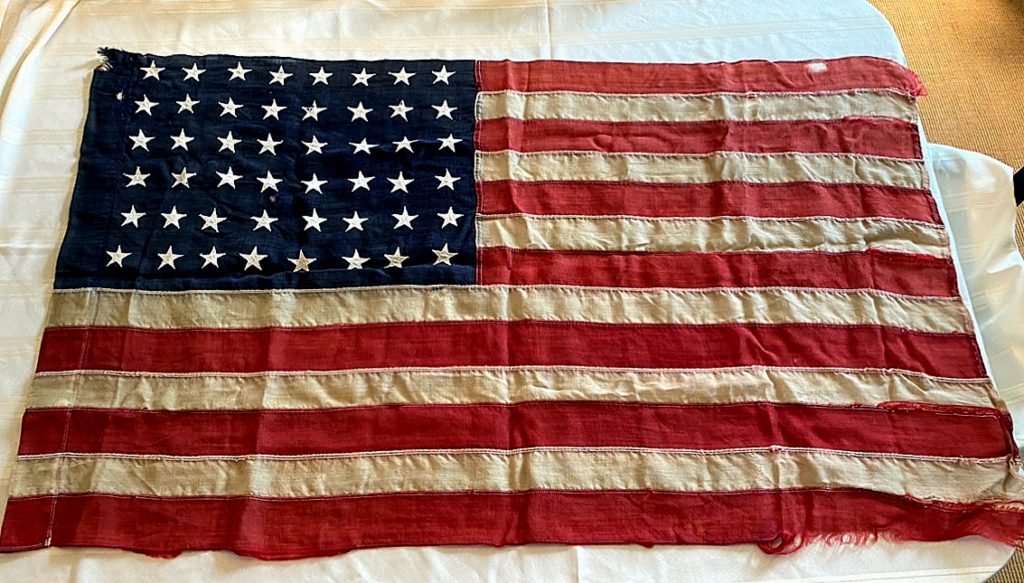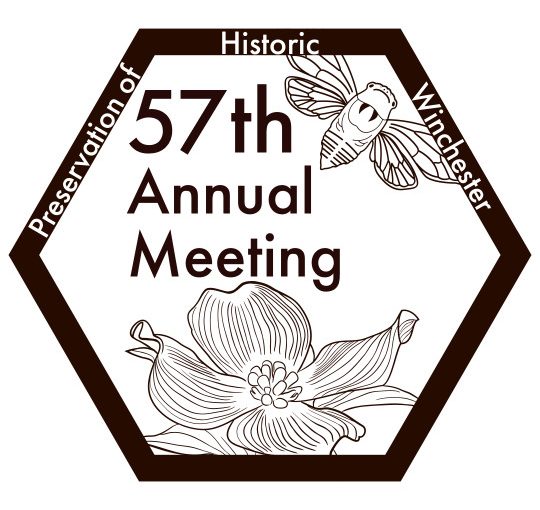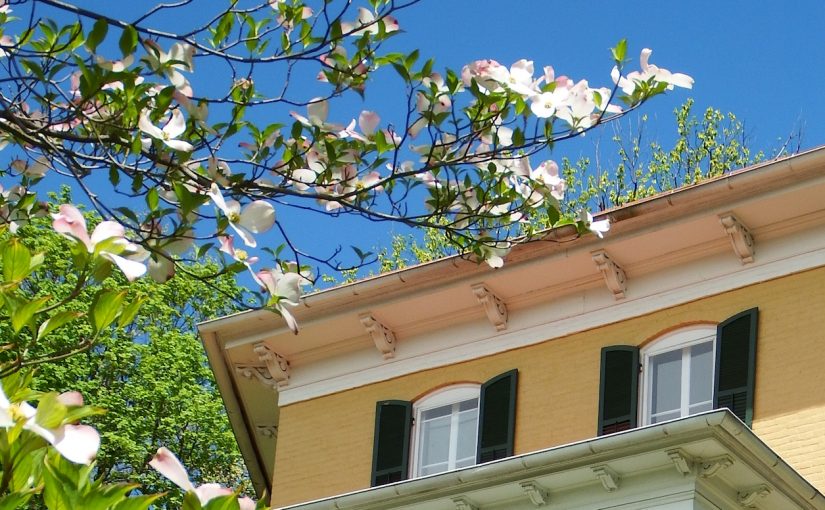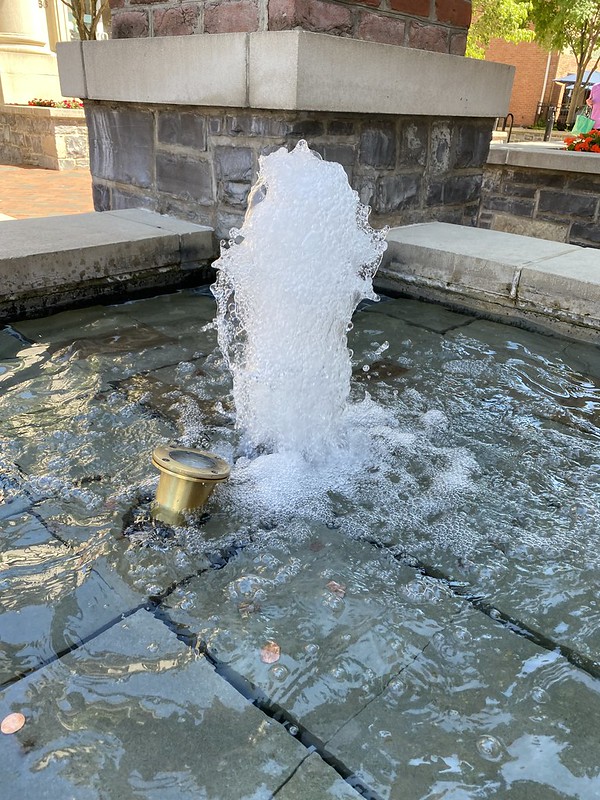First, we have a specific image request to aid a local building owner. Do you have images of 426 North Loudoun Street between 1920-1950? Sanborn maps indicate a porch was once installed on the house during this timeframe, but by the time PHW or the Archives obtained photos of it, the porch had been removed (pre-1976 survey). If you have any view of this building that includes the front porch so we can get an idea of its appearance, please contact us!
The National Trust for Historic Preservation announced this week that they will be offering pre-conference workshops in September and post-conference webinars in November to extend the educational experience of their yearly PastForward conference.
These skill building workshops are free and open to all, and compliments content in the conference program. Registration is free and required for participation, however registration for PastForward Online 2021 is not required.
- Just Do It! Grassroots Advocacy for Preservation
Tuesday, September 14 • 2:00-4:00 p.m.
Learn how stories, documentation, and outreach can be turned into action plans for preservation. - Understanding Climate Change
Tuesday, September 21 • 2:00-4:00 p.m.
This workshop provides clarity of definitions and terminology, describes climate concepts and outlines various strategies to address the impacts of climate on heritage. - An Introduction to Preservation Law + Easements
Tuesday, September 28 • 2:00-4:00 p.m.
This session provides an introduction to the legal mechanisms used to protect historic resources, including constitutional issues related to governmental regulation of historic properties, preservation easements, as well as federal, state, and local historic preservation laws. - Replacement Windows for Historic Buildings: Managing Compromise When Perfection Is Out of Reach
Tuesday, November 9 • 2:00-4:00 p.m.
This workshop will consider different levels of replacement and the effect of the materials used. - Amending National Register Nominations
Tuesday, November 16 • 2:00-4:00 p.m.
Learn how to amend existing National Register nominations to address untold stories and underrepresented communities.
Learn more about PastForward, including how to register for the conference, at SavingPlaces.org/Conference.



